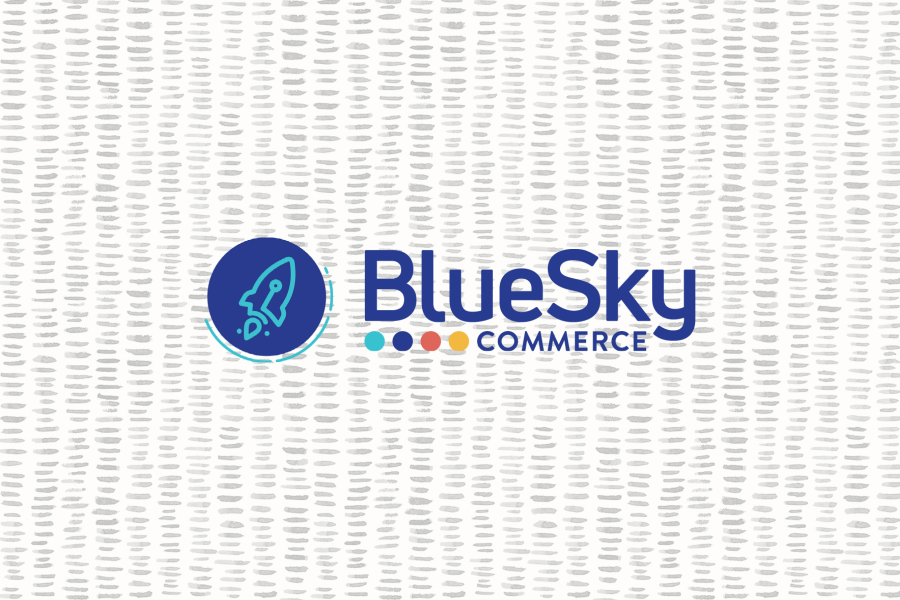Exploring On-Premise vs. HCL Commerce Cloud Delivery Model Options
As most of you know, the HCL Commerce platform is a cloud-native solution. This means that there is a set of technologies and practices in place that allow the business user to reap the benefits of the cloud with ease. Some of the benefits of a cloud-native HCL Commerce solution include faster and cheaper development cycles, an agile continuous improvement process, the ability to scale and add capacity quickly, and improved overall performance, among other things. If you want to learn more about the cloud-native nature of HCL Commerce, read more in our HCL Commerce Cloud-Native Featurette.
This month, we are going to break down the different options available to an HCL Commerce customer to consume the solution. Over the past decade, a growing interest in Software-as-a-Service (SaaS) solutions has pushed all solution providers to focus on Cloud/SaaS options. The HCL Commerce solution offering has evolved quite a bit since then. Today, HCL is unique in that they have decided to place all of their efforts and focus on a single code base instead of breaking the solution into two paths in order to accommodate for a cloud offering. HCL Commerce’s cloud-native capabilities allow for the customer to consume the platform in whatever manner makes the most sense for their business.
HCL Commerce Delivery Models:
-
On-Premise
- The business owns the software solution and it is hosted internally
-
Cloud
- Cloud Option 1: The business owns the software solution and it is hosted by a third-party hosting partner.
- Cloud Option 2: Business leverages the solution to the extent it is needed, paying a monthly fee. All management and hosting are executed externally.
Cloud Options: HCL Commerce on Now & BlueSky Commerce on Cloud
Should you find yourself interested in exploring an HCL Commerce Cloud solution, there are various offerings available to you. HCL has developed and packaged a Cloud offering called HCL Commerce on Now. BlueSky offers a similar Cloud solution called BlueSky CloudCommerce. These Cloud offerings were specifically developed for HCL customers who are looking for a partner to manage and host their solution externally.
Some of the benefits of a Cloud solution like HCL Commerce on Now or BlueSky CloudCommerce include:
- Highly scalable single-tenant environment – allows the customer to upgrade or implement releases on their own schedule.
- Hosting provider agnostic – ability to deploy software wherever customer prefers, ie: Google Cloud, Amazon AWS, Microsoft Azure, etc.
- Customization freedom – retain the ability to customize the solution to meet your business needs.





